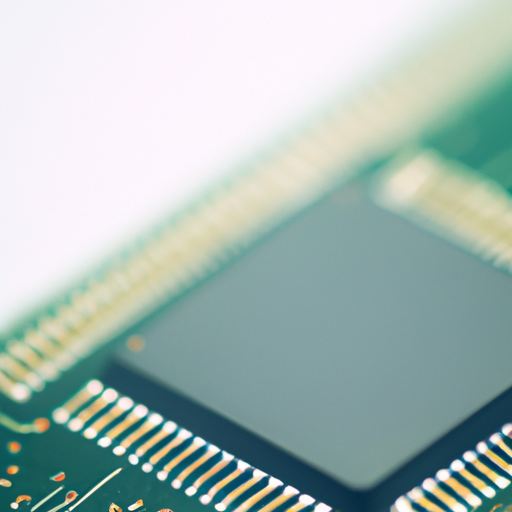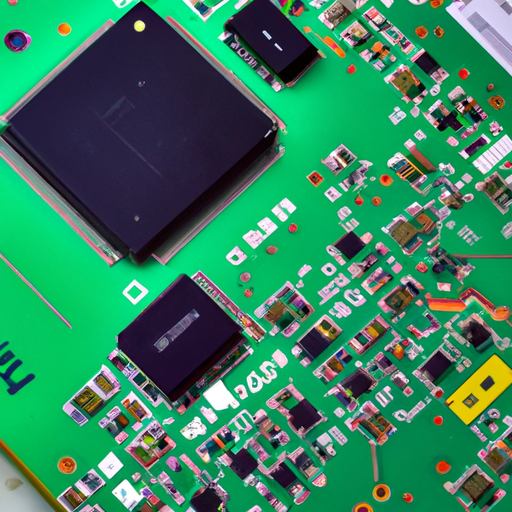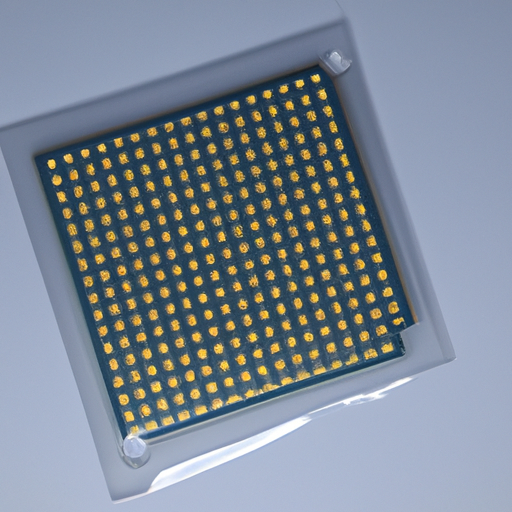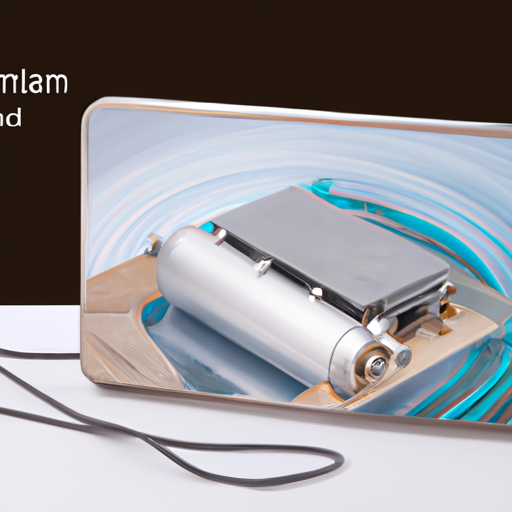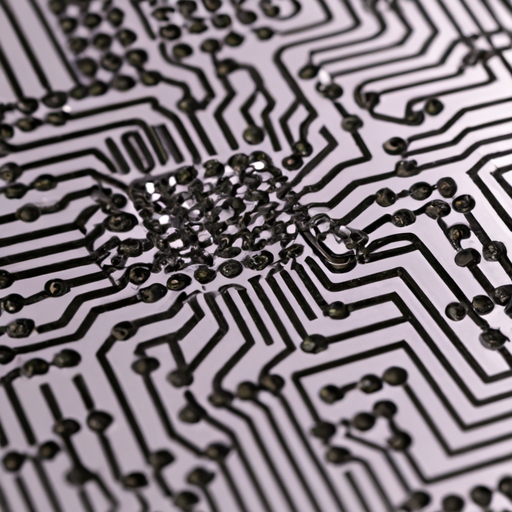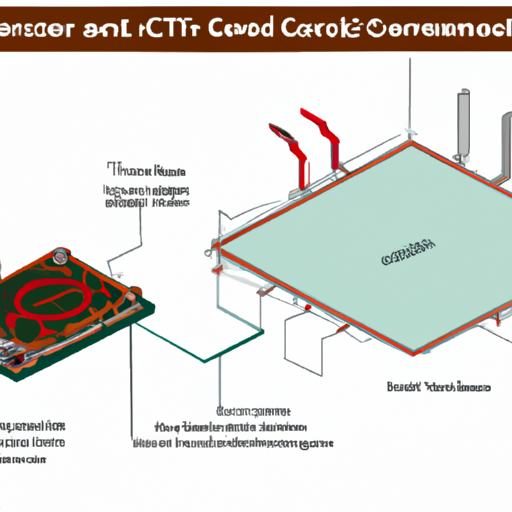What kind of product is integrated circuit engineering?
What Kind of Product is Integrated Circuit Engineering?
I. Introduction
Integrated Circuit (IC) Engineering is a specialized field within electrical engineering that focuses on the design, development, and manufacturing of integrated circuits. These tiny electronic components are fundamental to modern technology, powering everything from smartphones to sophisticated medical devices. As we delve into the world of IC engineering, we will explore its historical context, the intricacies of integrated circuits, their applications, challenges faced by engineers, and future trends that promise to shape the industry.
II. Historical Context
A. Evolution of Integrated Circuits
The journey of integrated circuits began with the early developments in electronics during the mid-20th century. Before ICs, electronic devices relied on discrete components, which were bulky and inefficient. The invention of the integrated circuit in 1958 by Jack Kilby at Texas Instruments marked a significant turning point. Kilby’s innovation allowed multiple electronic components to be fabricated onto a single piece of semiconductor material, drastically reducing size and cost while improving performance.
B. Milestones in IC Engineering
The evolution of IC engineering has been marked by several milestones. Notable figures such as Robert Noyce, co-founder of Intel, contributed to the development of planar technology, which further advanced IC manufacturing. Companies like Intel and AMD have played pivotal roles in pushing the boundaries of IC technology, leading to the rapid advancements we see today. The introduction of Moore's Law in the 1960s, which predicted the doubling of transistors on a chip approximately every two years, has driven the industry toward continuous innovation.
III. Understanding Integrated Circuits
A. Definition and Components of Integrated Circuits
An integrated circuit is a miniaturized electronic circuit that consists of various components, including transistors, resistors, capacitors, and diodes, all embedded within a single chip. ICs can be categorized into three main types: analog, digital, and mixed-signal. Analog ICs process continuous signals, digital ICs handle discrete signals, and mixed-signal ICs combine both types, making them versatile for various applications.
B. How ICs are Fabricated
The fabrication of integrated circuits involves complex processes, primarily photolithography and etching. Photolithography uses light to transfer patterns onto a semiconductor wafer, while etching removes unwanted material to create the desired circuit layout. The materials used in IC manufacturing, such as silicon, gallium arsenide, and various metals, are chosen for their electrical properties and compatibility with the fabrication processes.
IV. The Role of IC Engineering
A. Design and Development
IC engineering encompasses the design and development of integrated circuits, which requires a deep understanding of circuit design methodologies. Engineers utilize software tools, such as Computer-Aided Design (CAD) tools, to create and simulate circuit designs before moving to the fabrication stage. This process ensures that the final product meets the required specifications and performance standards.
B. Testing and Verification
Testing and verification are critical components of IC engineering. Engineers must ensure that the integrated circuits function correctly and reliably under various conditions. Common testing methods include functional testing, where the IC is evaluated for its intended operation, and parametric testing, which assesses the electrical characteristics of the circuit. Advanced testing tools and techniques are employed to identify and rectify any issues before the ICs are deployed in consumer products.
V. Applications of Integrated Circuits
A. Consumer Electronics
Integrated circuits are ubiquitous in consumer electronics. They are the backbone of smartphones, tablets, and computers, enabling complex functionalities in compact devices. Additionally, ICs are integral to home appliances and smart devices, enhancing their efficiency and connectivity.
B. Automotive Industry
In the automotive sector, integrated circuits play a crucial role in modern vehicles. From engine control units to advanced driver-assistance systems (ADAS), ICs enhance vehicle performance, safety, and connectivity. The rise of electric vehicles (EVs) and autonomous driving technology has further accelerated the demand for advanced ICs.
C. Telecommunications
Integrated circuits are essential in telecommunications, powering networking equipment such as routers, switches, and base stations. They facilitate high-speed data transmission and enable global communication systems, making them vital for the functioning of the internet and mobile networks.
D. Medical Devices
In the healthcare sector, integrated circuits are used in diagnostic and monitoring equipment, such as MRI machines, ultrasound devices, and wearable health monitors. Innovations in IC technology have led to more accurate and efficient medical devices, improving patient care and outcomes.
VI. Challenges in Integrated Circuit Engineering
A. Miniaturization and Moore's Law
The relentless pursuit of miniaturization, driven by Moore's Law, presents significant challenges for IC engineers. As transistors shrink in size, issues related to power consumption, heat dissipation, and signal integrity become more pronounced. Engineers must innovate continuously to overcome these limitations while maintaining performance and reliability.
B. Thermal Management
Thermal management is a critical concern in IC engineering. As integrated circuits become more powerful, they generate more heat, which can lead to performance degradation and failure. Engineers are exploring various solutions, including advanced cooling technologies, heat sinks, and thermal interface materials, to manage heat effectively.
C. Supply Chain and Manufacturing Challenges
The global semiconductor supply chain has faced significant disruptions in recent years, exacerbated by geopolitical factors and the COVID-19 pandemic. These challenges have highlighted the need for a more resilient supply chain and increased domestic manufacturing capabilities to ensure a steady supply of integrated circuits.
VII. Future Trends in Integrated Circuit Engineering
A. Emerging Technologies
The future of integrated circuit engineering is poised for exciting developments. Quantum computing, which leverages the principles of quantum mechanics, has the potential to revolutionize IC design and performance. Additionally, neuromorphic computing, inspired by the human brain's architecture, promises to enhance artificial intelligence applications, leading to more efficient and powerful ICs.
B. Sustainability in IC Manufacturing
As the world becomes more environmentally conscious, sustainability in IC manufacturing is gaining importance. Engineers are exploring eco-friendly materials and processes to reduce the environmental impact of semiconductor production. Recycling initiatives are also being implemented to recover valuable materials from discarded electronic devices, contributing to a more sustainable semiconductor industry.
VIII. Conclusion
Integrated circuit engineering is a dynamic and essential field that underpins much of modern technology. From its historical roots to its current applications and future trends, IC engineering continues to evolve, driving innovation across various industries. As we look ahead, the ongoing advancements in integrated circuits will undoubtedly shape the future of technology, making it more efficient, powerful, and sustainable.
IX. References
For those interested in further exploring the world of integrated circuit engineering, consider the following resources:
1. "Microelectronics: An Introduction to the Design and Fabrication of Integrated Circuits" by David A. Hodges and Horace G. Jackson.
2. "CMOS VLSI Design: A Circuits and Systems Perspective" by Neil H. E. Weste and David Harris.
3. IEEE Xplore Digital Library for academic papers on IC engineering.
4. Industry reports from organizations like Gartner and IC Insights for insights into market trends and forecasts.
By understanding the intricacies of integrated circuit engineering, we can appreciate the profound impact these tiny components have on our daily lives and the future of technology.

